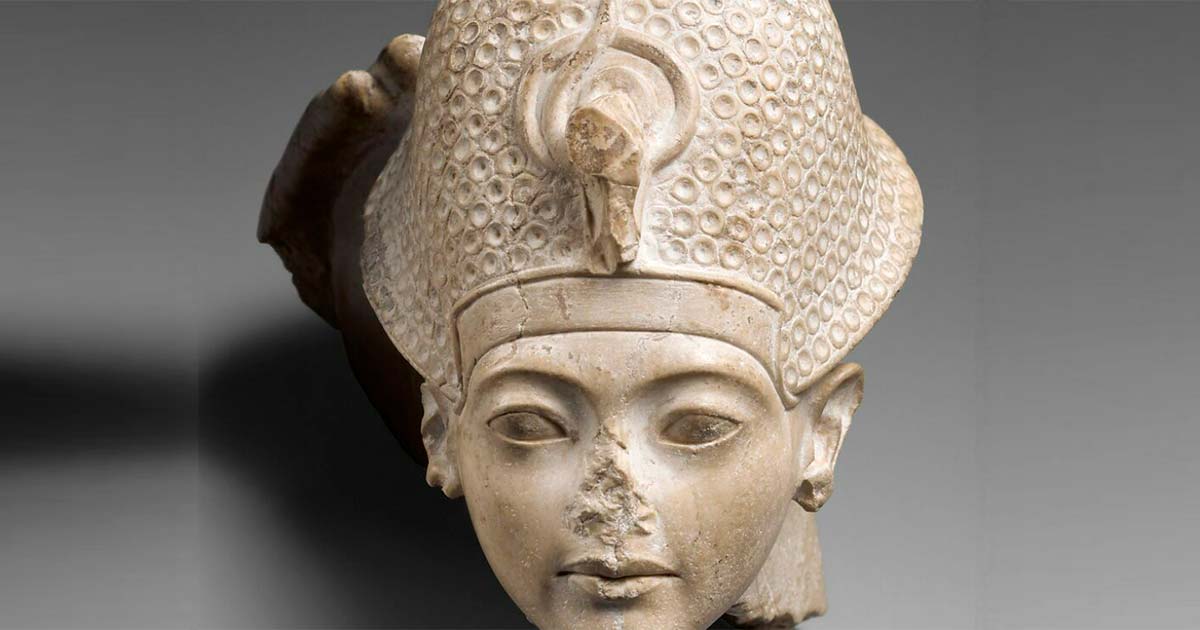Face of the Boy King: The Deeply Human Story Behind Tutankhamun's Head (Video)
This exquisite limestone sculpture, currently an exhibit at the New York Met, captures the youthful innocence of Tutankhamun, the boy king, at the tender age of six. Crafted with meticulous detail, it remains one of the most remarkable depictions of him. What's intriguing, hidden within this artistry, is a significant narrative. A closer inspection reveals an imposing hand, belonging to a second figure, suggesting the original sculpture featured Tutankhamun standing before Amun, the god-king, who gently placed a crown upon his head. With a blue crown embellished by sequins, this piece originated not from Tutankhamun's tomb but from Karnak, symbolizing Egypt's resurgence after the turbulent reign of Akhenaten.
Tutankhamun himself was a figure of little consequence, devoid of personal agency. Yet, this sculpture transcends time, offering a glimpse into a poignant, human story. It stands as a profound symbol of the revival of ancient Egyptian beliefs, an era when the old gods were reinstated. Tutankhamun's face, radiating youthful innocence, conceals the intricate web of historical events that unfolded during his reign. Unlike most Egyptian artifacts, this sculpture marries beauty with a deeply human narrative, encapsulating a pivotal chapter in Egyptian history.
- The Boy King Behind the Mask: Tutankhamun’s Life and Legacy
- Amun, The Creator God Whose Supremacy Surpassed Egypt
Top Image: Head of Tutankhamun. Source: Metropolitan Museum of Art / Public Domain.


















Comments
Why are all the noses ruined to disfigure the face?